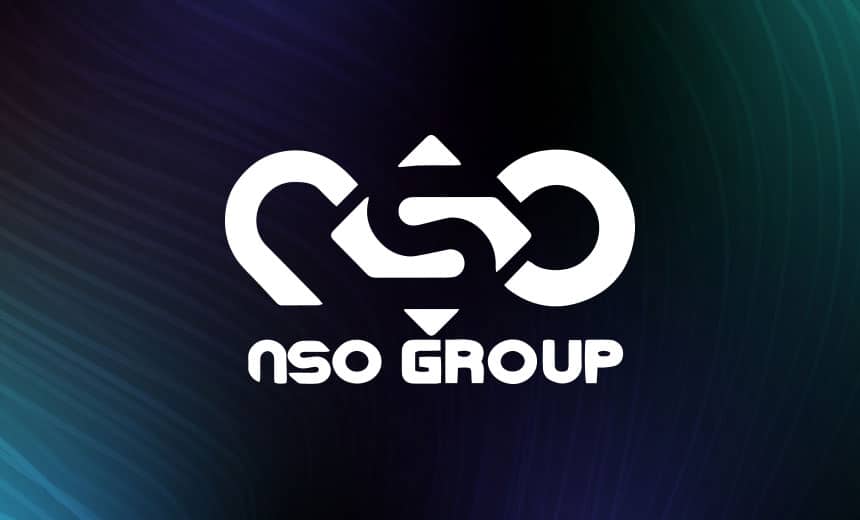Over time, technologies around the world change. As technologies change, so does the way we think. It is same in case of application development and management of resources. We want the applications to be developed quickly. Pega is one such language in which applications can be developed very quickly. Using Pega, we can also develop applications related to BPM, CRM, IDE, RPA. Pega helps us to make better decisions. It also has beautiful features that increase efficiency and reduce the cost of managing resources. Learning such an excellent platform is one of the best options. So attending Pega Training gives you a chance to become a Pega developer with a huge demand in many giant companies. Moreover, Pega RPA goes beyond automating tasks, bringing you faster value and outcomes. For Bot Workload management, Pega introduces a new feature, RPA Auto balancing. Let’s go through the topic in detail.
What is Pega?
Pega is one of the most popular Business Process Management tools developed using Java concepts. Pega software was developed in 1983 by an American Software Company called Pegasystems Inc. But from 1996, it was traded publicly. It was developed for business process management, customer relationship management, and digital process management. Pega Business Process Management tool is used to manage our business flows and helps us to build applications quickly. It provides flexible and extensive tools for users. You do not need separate tools for doing the operations like sales and marketing; all these operations can be done by Pega BPM. Pega is so flexible; you can include all the functionalities you need for your business. Mainly, Pega is used by enterprise-scale businesses. Some of the industries that use Pega are banking, insurance, communication and media, finance, healthcare, etc.
Pega’s BPM technology helps us in building business applications that will give the customer experience and outcomes as per the demands of the customer. It also provides versatile help, adaptability, and continuous functions. Pega offers process automation and helps organizations to achieve potency and profitability. Pega’s CRM (Customer Relationship Management) helps us to increase customer satisfaction, handling times, and reduce errors and costs. Service processes and Contact Centre solutions are automated by Pega to decrease manual work. To develop applications, Pega offers a design studio which works as an IDE (Integrated Development Environment). Designer studio helps the developer to collaborate and design applications. Pega’s RPA (Robotic Process Automation) will implement automation and deliver the outcomes very fastly. It allows the employee to deliver the outcomes of the customers fastly and accurately. Pega Robotic studio helps us to increase manual assignments via robotizing events.
Why use Pega, and what are the benefits of using Pega?
Pega is faster when compared with other languages and helps in developing robust business applications. Moreover, for Pega developers, there is tremendous future growth. There is a high demand for certified developers in Pega in the current market, and the opportunities are always wide-open. Pega is used in small and large organizations in various industries for improving their products and services. That is why there are a huge number of job opportunities for Pega-certified professionals across the world. Pega developers have high demand in the market and are paid high salaries.
Pega allows the users to use the powerful tool to manage business processes without having any knowledge of coding. Pega uses very little syntax in the process of modeling for business application development. Pega framework is user-friendly. This feature enables Pega to convert complex procedures into simplified procedures that are highly functional. For a business owner, Lifecycle management is a very crucial operation. The Pega team is aware of this and designed their suit to support this operation. With this software, the process flow is developed for handling these operations easily. Users can use it as per the requirement of their company. Tasks related to Process flow include file handling, documentation, approvals, decision analysis, etc. We need to design them only once and can use them at any time from anywhere, which saves our time. Its user interface is available in mobile-friendly form. So you can switch easily from computers in the office to mobile phones or tablets issued by your company. Pega increases accountability, reduces inefficiencies, simplifies operations, improves the agility of the business.
What is Pega RPA?
RPA stands for Robotic Process Automation. RPA helps the companies to automate the activities like a human using software or applications. It is used to automate repetitive tasks without the involvement of a human being, like automatically filling out forms, entering data, looking up information so that employees don’t have to do this kind of task and can focus on connecting with the customers. It simplifies back-office work, employment workflow, and infrastructure. With the help of Pega’s Robotic Process Automation, employees can concentrate on important tasks like building relationships. Robotic process automation brings happy customers, happy employees, which leads to more revenue. The solutions of Pega Robotic automation are configured in the following ways – Attended automation or Unattended automation. Attended automation requires human involvement, and it automates 20 to 90% of tasks. Unattended automation does not require human involvement, and it automates 100% of the tasks.
Attended automation: Pega attended automation is provoked by specific actions, commands, or events from the end-user desktop. To assist in human work, the workflows are executed by the solution on the end-users desktop. For Example, to update the details of the client, a customer service representative has to log in to multiple systems. For interacting with them programmatically, there are no mechanisms. So a robotic solution is required. Using attended automation, the representative will enter the information in one form and submit it. Then the automation will log in to each system and will update the information without the involvement of the representative. The end users’ runtime automation desktop has all the enterprise applications needed for robotic solutions and Pega Robot Runtime. The execution engine of Pega Robot Automation will connect with enterprise applications using adaptors. An application adapter is a component which allows the users to connect with the applications built on a particular platform like windows. They have accessible methods, properties, and events which launch, expose and monitor enterprise applications for automation. On the machine desktop, the workflows are executed by the robots. They use the application adapters for interacting with the enterprise applications while performing the execution.
Unattended automation: Pega unattended automation was developed for running the process independently and executing a completely automated process. Unattended automation can be executed on a physical machine, virtual machine, or as part of the Server Bot Framework. For Example, work is handed over to unattended automation, as part of the case lifecycle of the Pega platform workflow, that completes the task given and passes it back. If the application does not support the API, in such cases, the Pega platform directly cannot automates this work; this results in the requirement of a robotic solution. The solution is deployed via Pega Robot Manager for executing on a runtime machine from the Robot Worker Pool. Robot Worker Pool is a combination of individual runtime machines that are connected to Pega Robot Manager. Every runtime machine will execute the robotic solution using Automation Execution Engine.
RPA Auto-balancing feature for Managing the Bot Workloads:
In WorkLoad Management, the work is divided into logical segments. These segments are processed securely and simultaneously on different devices to make sure that optimal resources are used while meeting time-based SLAs. Pegasystems have recently released the Pega RPA auto-balancing feature that automatically provisions the workloads among the available bots. This capability uses AI (Artificial Intelligence) to optimize the efficiency and capacity of the bot resources intelligently. All the work requests are analyzed by the new capability of Pega Robot Manager using Pega RPA auto-balancing and provisions them automatically across available bots. When there are unexpected or new requirements, this feature reallocates the bots intelligently and dynamically in real-time. It also prioritizes important tasks over less important tasks when the bot demand exceeds the capacity. Pega RPA, a part of the Pega Infinity suite of digital transformation software, will automate repetitive tasks that are performed through UI (User Interface) of the enterprise applications. To automate the applications at the code level, Pega RPA uses deep robotics.
Eric Musser, in a media statement, said that many organizations try to overcome the limitations of RPA by buying more bots. This will result in more problems related to bot management, costing them more money while not reaching scale ever. That is why in our latest step towards handsfree RPA, Pega RPA Autobalancing made it simple and painless to reduce the cost and maximize bot efficiency without the intervention of humans. This brings true automation across the whole RPA lifecycle.
conclusion:
Pega is a low code or no-code platform that is used in building complex applications very easily and quickly. Pega’s Robotic Process Automation is used by companies to perform repeated tasks using bots. To manage the Bot workloads, Pega has released a new feature called RPA Auto Balancing. This feature uses artificial intelligence to increase the efficiency and capacity of the bots when needed without the involvement of any human beings. This feature enables the companies to stop the wastage of money on buying bots and managing them.



